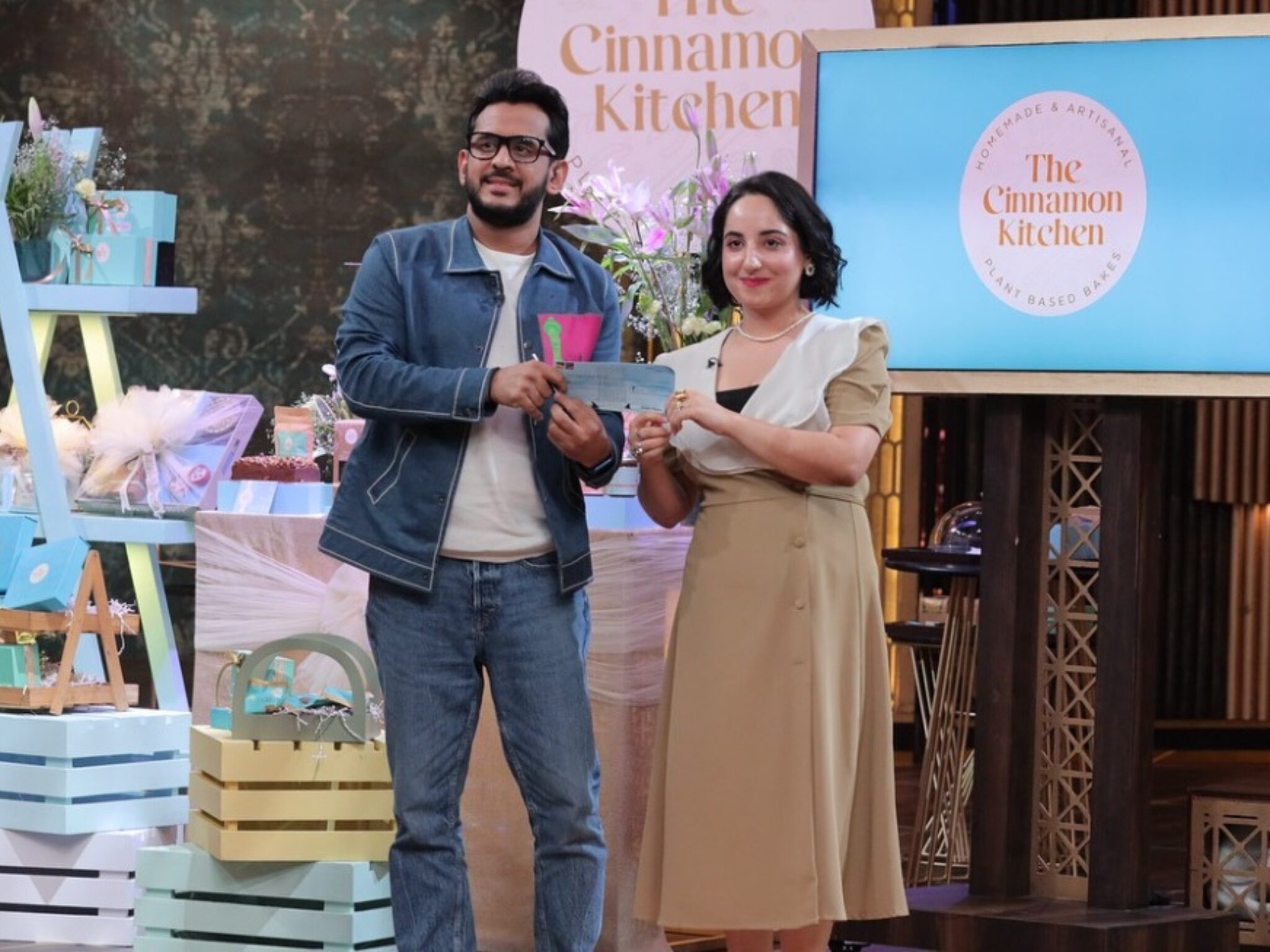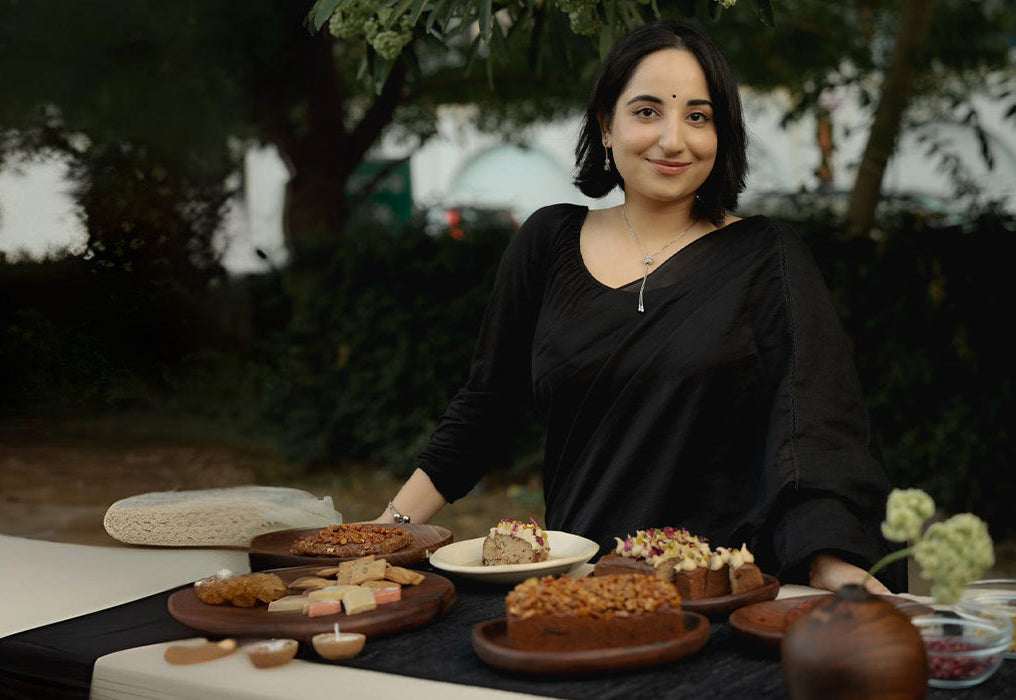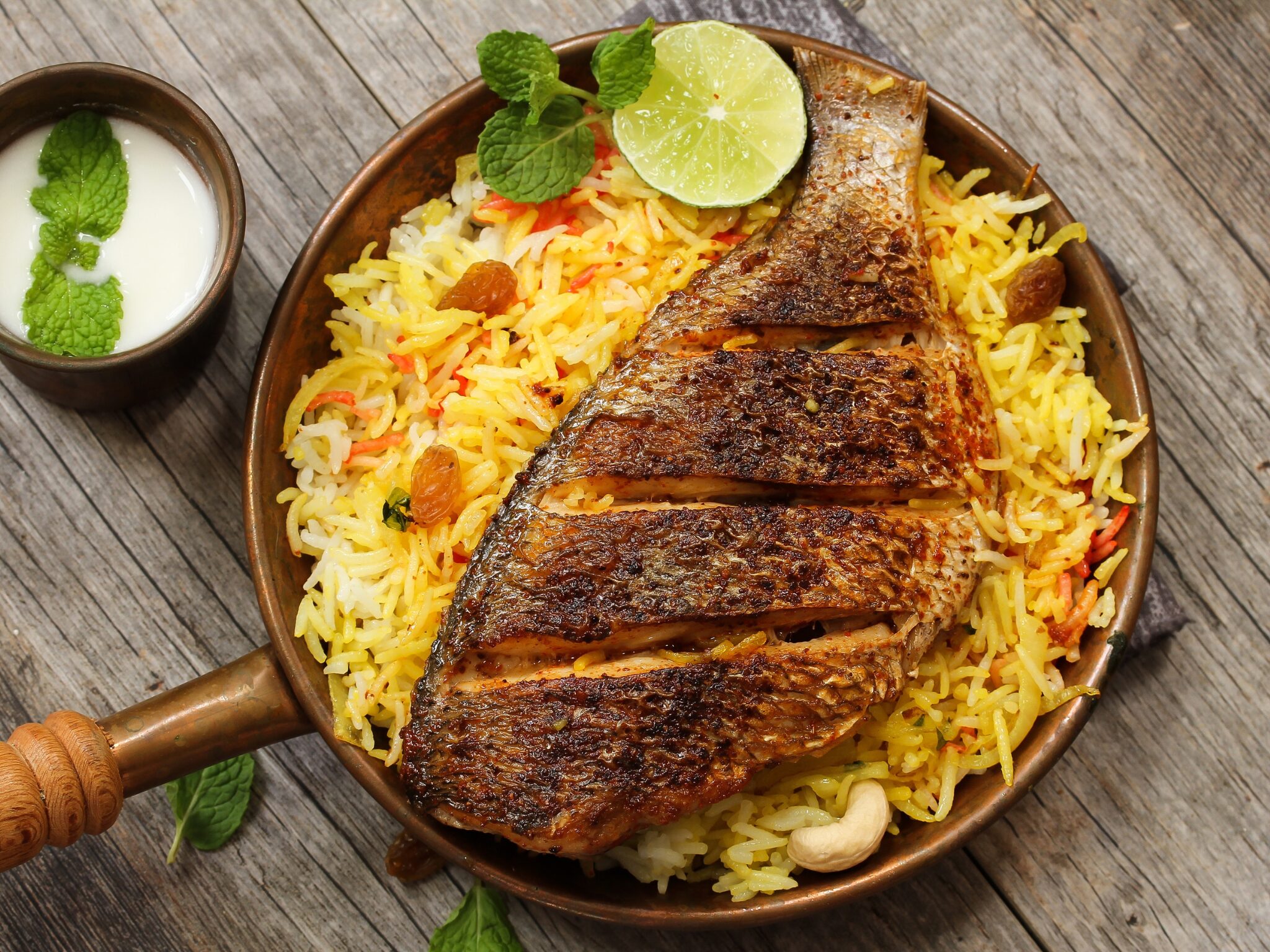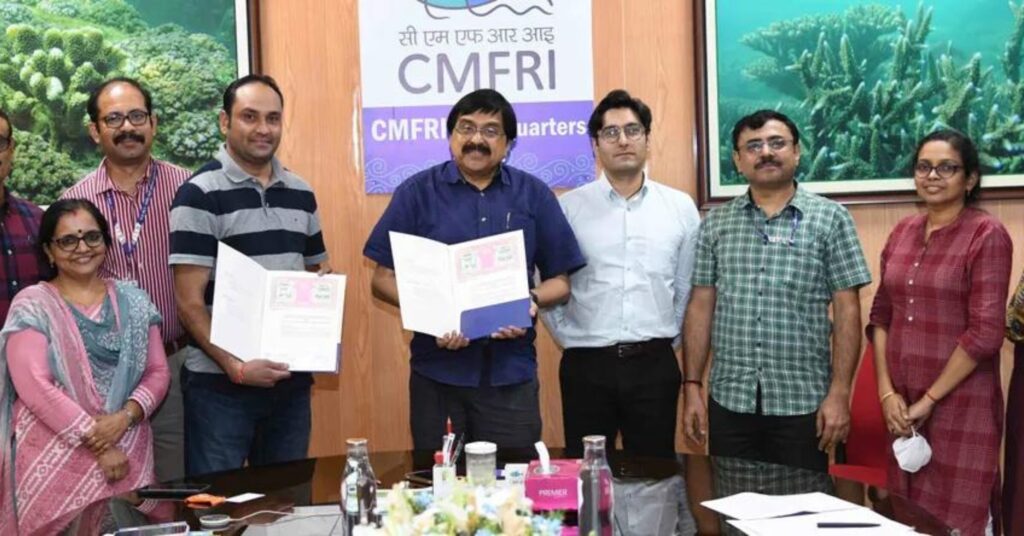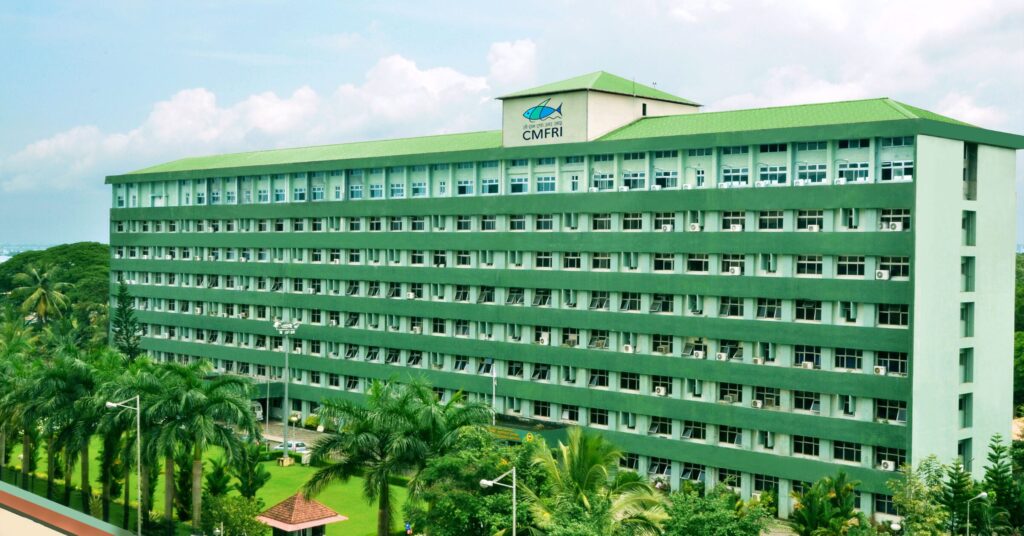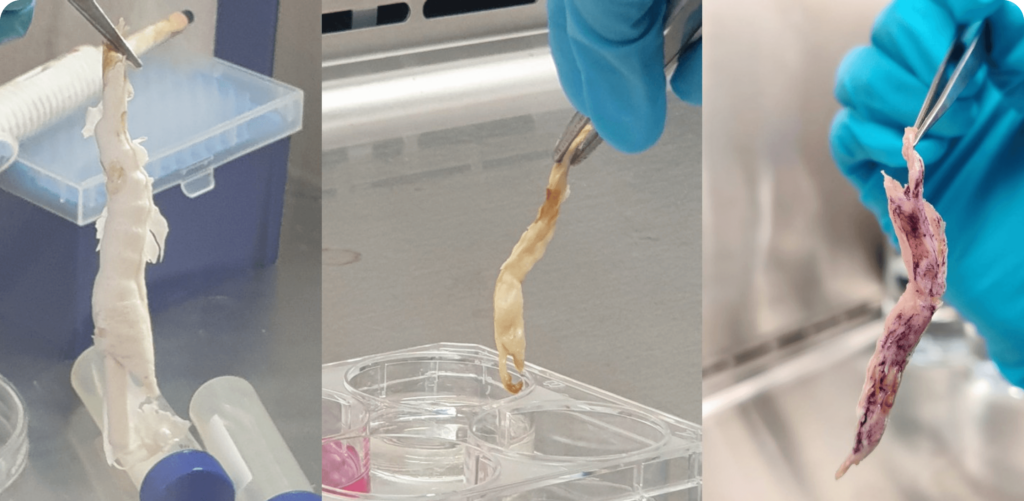The global pandemic preparedness accord (‘pandemic treaty’) currently being put in place by the World Health Organization (WHO) will pave the way for “a fascist approach to societal management.” The beneficiaries will be unscrupulous corporations and investors whom the COVID‐19 response served well. This will result in the loss of human rights and individual freedom.
So says Dr David Bell, a clinical and public health physician with a PhD in population health and former WHO scientific and medical officer. The treaty represents a terrifying power grab that, if successful, will give the WHO a central directing role and monopoly power in global health governance.
As currently drafted, the treaty will hand the WHO the authority to order measures, including significant financial contributions by individual states, lockdowns, travel restrictions, forced medical examinations and mandatory vaccinations during a public health emergency of its own declaring.
The WHO will have sole and extensive power to declare Public Health Emergencies of International Concern (PHEIC) for any potential or real threat for extended areas, whether these threats are biological, climate or environment related. And it will do so without proper proof and solely decide measures and medical substances to be imposed on the public without informed consent.
Its powers will also include the official censorship of information, including free speech — views opposing the official narrative put out by the WHO — and it will be accountable to no national parliament or be limited by any constitutional safeguards.
A group of prominent lawyers, doctors and concerned citizens have written to Indian Prime Minister Narendra Modi and Minister of Health and Family Welfare Shri Mansukh L Mandaviya urging them to reject the WHO’s global pandemic treaty. The signatories are listed at the end of this article, and the 10-page letter can be accessed in full with all relevant links and references on the Awaken India website: WHO Pandemic Treaty Ultra Vires of the Constitution).
The WHO released a Zero Draft of the WHO CA+ (this ‘pandemic treaty’ is now officially known as an ‘accord’) with 38 Articles on 1 February 2023 and, subsequently, another draft with 41 Articles on 2 June 2023. The accord marks a fundamental change in how the WHO will function. It seeks secretively, behind closed doors, sweeping powers under its director general.
The signatories make clear that, under the proposed accord, the WHO can, at will, call a pandemic, declare a PHEIC and then take over the authority of national governments to detain citizens, restrict their travel, require them to have vaccine passports (forced testing and vaccination) and increase social media censorship. The accord would also operate as a ‘framework convention’ that’s on-going, year after year, indefinitely. It facilitates a dictatorship role for the WHO as it moves to acquire unfettered power.
Two instruments, the accord itself and amendments to the International Health Regulations (IHR) 2005, are designed to operate in parallel to give draconian powers to the WHO. Both texts irremediably entail the transfer to the WHO of the power to threaten health freedom, thereby representing a fundamental threat to national, medical and bodily autonomy.
In their letter, the authors state that the WHO is an external, unelected body, which may not and cannot be appointed to such a dictatorship position. During the COVID-19 event, the WHO’s role in facilitating medical tyranny was clear to see.
It advocated enforced lockdowns, which destroyed the livelihoods of millions in India and across the world and created a surge in mental health problems. It shut down schools, putting back the education of a generation. It promoted incompletely tested and unapproved vaccines under EUA (Emergency Use Authorisation) that despite the claims of ‘safe and effective’ where nothing of the sort and caused a sharp rise in spike protein-induced heart and brain disease.
If adopted at the 77th World Health Assembly in May 2024 by a simple majority vote, the ‘pandemic treaty’ will come into force within 12 months for all countries, unless a country proactively files rejections or reservations within a 10-month period.
The letter to the prime minister and the health minister states that the accord and those pushing it are:
Manifestly violative of Fundamental Rights of the citizens of India and, therefore, Ultra Vires of the Indian Constitution. In their very intent, they cancel the fundamental right to bodily autonomy and integrity, through mandating medical procedures, coercion and further grossly illegal acts.
The letter adds:
This is a breathtaking and terrifying onslaught on fundamental civil liberties. It must be understood as fundamental, that the negation of bodily integrity of any human being means the loss of all human rights.
In making its point, the letter refers to the Nuremberg Code (1947) by stating:
The consent of the human subject is absolutely essential. The International Covenant on Civil and Political Rights resumed this ban against unintentional experimentation in its 1966 text, which states: no one may be subjected without his consent to medical or scientific experiment.
It also references the Geneva statement for doctors (1948):
I will respect the autonomy and dignity of my patient. I will not use my medical knowledge to infringe human rights and civil liberties, even under force. I will keep absolute respect for human life, from conception. I will consider my patient’s health as my first concern.
The signatories note that there is little alternative but to jettison the WHO from national life and implore the prime minister and the health minister to act to uphold the sovereignty of India and the rights of every citizen.
They add that unelected, unaccountable and largely unknown delegates from 194 countries meet in Geneva during World Health Assembly meetings, as they did in 2022 when they adopted amendments to the IHR. The process is fraught with secrecy, autocracy and impending tyranny, blatantly devoid of any transparent, democratic process.
These country delegates are unelected and do not represent the people of their country. The signatories ask:
How can they negotiate on behalf of nations, let alone an international/global health regulation binding on 194 countries?
If the ‘global pandemic treaty’ is forced through, we could see perpetual lockdowns. At the same time, corporate interests will dominate. Pandemics will become self-sustaining by creating a bureaucracy whose existence will depend on them.
People will be at the mercy of the police and bureaucrats who will be immune to any penalty for any acts carried out in ‘good faith’. These acts could take the form of mandatory medical procedures, forced entry into premises, forced isolation and quarantine.
It was bad enough in 2020 with the full force of the state lined up against the public, especially those who did not agree with COVID policies, but imagine the abuse of power that could occur if the WHO acquires the powers it seeks.
The seeds of totalitarianism were clear to see with Anthony Fauci saying that he is ‘the science’, former New Zealand PM Jacinda Arden declaring the government as the ‘single source of truth’ and social media companies working hand in glove with the deep state to censor and deplatform prominent figures and world-renowned scientists who questioned the official narrative.
We saw the suspension of fundamental civil liberties with the threat of state violence on hand, often resulting in citizens being abused by de facto paramilitary police forces for breaching ‘pandemic rules’ that had no scientific basis.
Governments declared that they were ‘following the science’, but what we saw were inflated death numbers, manipulated data and the fraudulent use of RT-PCR tests to help create the perception of a deadly pandemic in the minds of the public. Readers can consult the online article Stay Home, Save Lives: Uncovering the COVID Deception, which provides insight into the various deceptions that helped instill fear into the global population in 2020.
The WHO also provided a wrong projection of mortality. The exaggeration caused panic in the population — part of a carefully orchestrated ‘fear pandemic’ — and paved the way for lockdowns and the mass uptake of vaccines sold to the public based on false claims. The synthetic spike protein of the vaccines has resulted in clotting, bleeding, heart problems and brain blood clotting as well as neurodegenerative problems. And what we are seeing across so many countries since the vaccine rollout is significant excess mortality, which the media is silent about.
Moreover, the WHO operates within a biopharmaceutical complex, a complicated syndicate that has formed over time, which instructs world health policies. This complex involves the health agencies of national governments, including India, the US and the UK, the World Economic Forum, the Gates Foundation, the Welcome Group and major pharmaceutical companies. Revolving door arrangements between these organisations have resulted in regulatory capture.
Researcher and campaigner Yohan Tengra of the Awaken India Movement conducted a two-year investigation into how this works in India. Through his research, he exposed the billionaire cartel that controlled India’s COVID-19 Task Force. Tengra listed not just the names of those who sat on this task force, but he also detailed how they are financially connected to the pharmaceutical-vaccine industry.
The task force was responsible for the aggressive push to lockdown, mandatory mask requirements, forced testing of asymptomatic people, dropping ivermectin from the national protocol, suppressing vaccine adverse events and much more.
Tengra also exposed how India’s prominent public health personalities, who regularly appeared in the media and on TV, are connected to the Gates Foundation, Rockefeller Foundation, Welcome Trust, USAID, the World Bank and other aspects of the global deep state.
We have every right to be concerned about a ‘pandemic treaty’ shaped by powerful interests with stakes in closing down economies (see the online article Systemic Collapse and Pandemic Simulation by Fabio Vighi), mandatory vaccination programmes and digital surveillance who are all too willing to strip away our fundamental rights for their own gain.
The letter to India’s prime minister and the minister of health makes clear that the WHO’s massive conflict of interest should disqualify it from any role in world health.
Signatories:
Dr. Jacob Puliyel, Delhi, MD, MRCP, MPhil, Paediatrician and Visiting Faculty International
Prashant Bhushan, New Delhi, Senior Advocate, Supreme Court of India
Colin Gonsalves, New Delhi, Senior Advocate, Supreme Court of India
Nilesh Ojha, Mumbai, President – Indian Bar Association, Advocate Bombay High Court and Supreme Court of India, Human Rights Activist
Author Dr. Amitav Banerjee, Pune, MD, Formerly Epidemiologist, Indian Armed Forces
Dr Aseem Malhotra, London (Overseas Citizen of India), MBChB, MRCP. Consultant Cardiologist
Aruna Rodrigues, Mhow, Lead Petitioner: GMO PIL in the Supreme Court and Member Iridescent Blue Fish (IBF)
Dr. Donthi Narasimha Reddy, Hyderabad, Public Policy Expert and Campaigner
Dr. Megha Consul, Gurugram, Paediatrics, Senior Consultant, Neonatologist
Dr. Pravin Chordia, Pune, MD Surgeon
Dr. Lalitkumar Anande, Mumbai, MBBS, PG Diploma in Clinical Research
Dr. Vijay Raghava, Bangalore, MBBS Dr. Veena Raghava, Bangalore, MBBS, DA
Dr. Kuldeep Kumar, Haridwar, MBBS MS (GENERAL SURGERY) Dr. Praveen Saxena, Hyderabad, Radiologist & Clinical metal toxicologist, MBBS, DMRD Osmania
Dr. Biswaroop Roy Chowdhury, Faridabad, Ph.D (Diabetes)
Dr. Gautam Das, Kolkata, MBBS, General Physician
Saraswati Kavula, Hyderabad, Documentary Filmmaker & Freelance Journalist, Awaken India Movement
Bhaskaran Raman, Mumbai, Professor, Dept. of Computer Science & Engineering. Indian Institute of Technology Bombay Advocate
Ishwarlal S. Agarwal, Mumbai Advocate
Tanveer Nizam, Mumbai
Dr. Susan Raj, Chattisgrah, BSc Nurse, MSW(M&P), Doctorate Humanities, Behavior Specialist
Jagannath Chaterjee, Bhubhaneshwar, Social Activist
Dr. Abhay Chedda, Mumbai, BHMS, CCAH, FCAH
Dr. Gayatri Panditrao, Pune, Homeopathic Physician, BHMS, PGDEMS
Dr. Rashmi Menon, Mumbai, BHMS, ChT
Rossamma Thomas, Pala, Kottayam, Kerala, Freelance Journalist
Ambar Koiri, Mumbai, Awaken India Movement
Dr. G Prema, Tamil Nadu, Classical Homeopath, Aasil Health Care
Dr. S. G. Vombatkere, Mysuru, Human Rights Activist Advocate
Anand Singh Bahrawat, Indore, High Court of Indore Advocate
Vijay Kurle, Mumbai
Advocate L Shunondo Chandiramani, Indore, High Court of Indore

The post
Letter from India: Stop World Health Organization’s “Pandemic Preparedness” Tyranny first appeared on
Dissident Voice.
This post was originally published on Dissident Voice.

